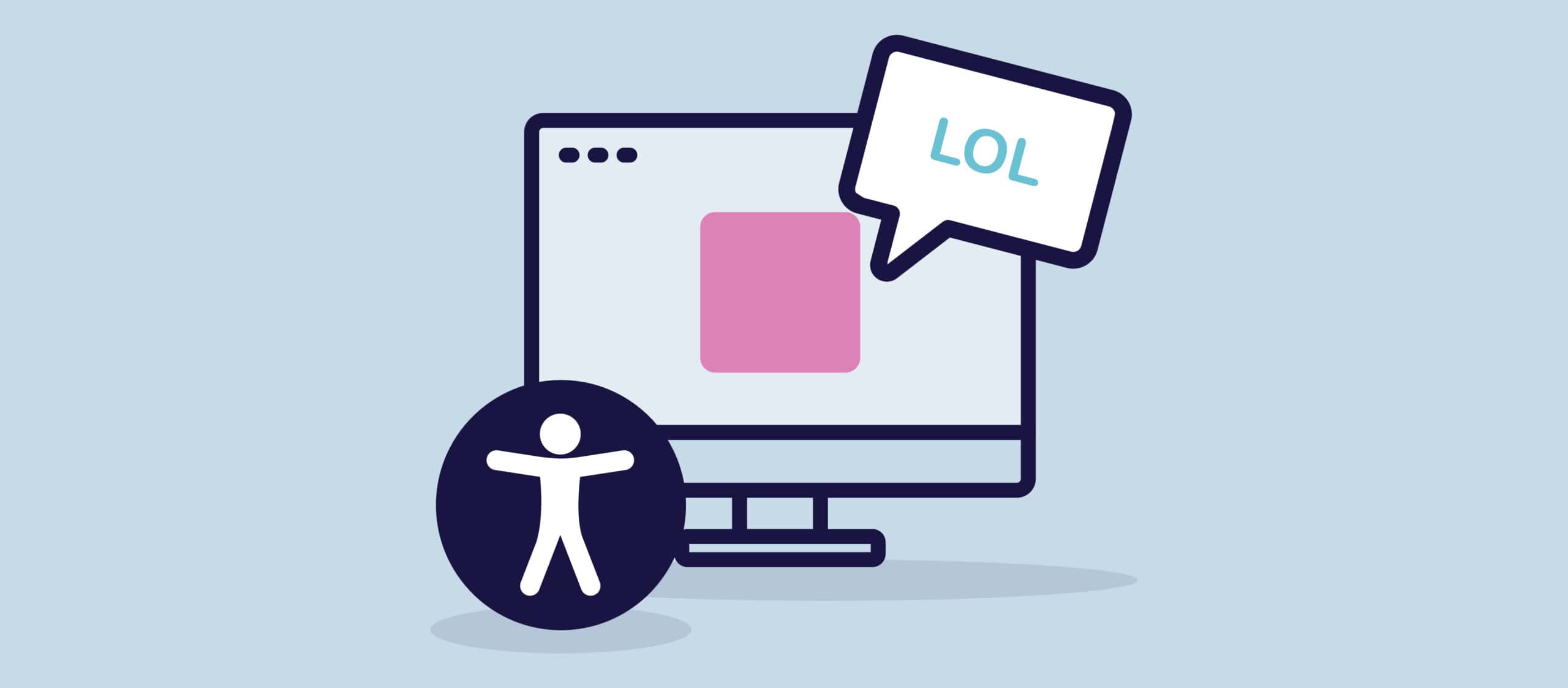With so much emphasis being put on inclusion, diversity and equity, there seems to be a lack of attention put on accessibility. However, digital accessibility is a must in today’s corporate world because of many factors, including:
- Legal requirements: Many countries have laws and regulations that require digital accessibility for people with disabilities. For example, in the United States, the Americans with Disabilities Act (ADA) requires that businesses and organizations make their websites and digital content accessible to people with disabilities.
- Ethical considerations: Ensuring digital accessibility is an ethical consideration that ensures that everyone has equal access to information and services. It is a way to demonstrate a commitment to diversity, equity, and inclusion and to build trust with customers and stakeholders.
- Business benefits: Digital accessibility can bring significant business benefits, such as increased customer satisfaction, loyalty, and retention. It can also improve brand reputation and help businesses reach a wider audience, including people with disabilities who represent a significant market segment.
- Competitive advantage: Ensuring digital accessibility can provide a competitive advantage, as it can differentiate a business from its competitors and position it as a leader in accessibility and inclusive design.
- Innovation: Focusing on digital accessibility can lead to innovation and creativity in design and development. It can inspire businesses to find new and creative solutions to accessibility challenges, leading to better products and services for everyone.
But let’s break this down a bit more.

What is digital accessibility?
Digital accessibility refers to the ability of digital content, like websites, software applications, and electronic documents, to be easily used and understood by people with disabilities. This includes people with visual, auditory, physical, and cognitive disabilities.
Digital accessibility involves designing and developing digital content in a way that ensures it can be accessed and used by everyone, regardless of their abilities. This includes using features such as alternative text for images, captions and transcripts for videos, and descriptive links for screen readers. It also involves ensuring that digital content can be navigated using a keyboard and is compatible with assistive technologies such as screen readers and speech recognition software.
Digital accessibility is important because it ensures that everyone, including people with disabilities, can access and use digital content. It is a way to promote inclusion and diversity and to ensure that no one is excluded from accessing important information and services. Digital accessibility is also a legal requirement in many countries, as laws and regulations mandate that businesses and organizations make their digital content accessible to people with disabilities.
What are three types of accessibility?
Three types of accessibility are to think about are:
- Visual accessibility: Visual accessibility refers to the ability of digital content to be accessed and used by people with visual impairments. This includes people who are blind, have low vision, or have color blindness. Examples of visual accessibility features include alternative text for images, high contrast options, and resizable text.
- Auditory accessibility: Auditory accessibility refers to the ability of digital content to be accessed and used by people with hearing impairments. This includes people who are deaf or hard of hearing. Examples of auditory accessibility features include closed captions for videos and transcripts for audio content.
- Motor accessibility: Motor accessibility refers to the ability of digital content to be accessed and used by people with motor impairments. This includes people with limited mobility, dexterity, or coordination. Examples of motor accessibility features include keyboard navigation, voice recognition, and alternative input devices.

By considering and incorporating these three types of accessibility in the design and development of digital content, businesses and organizations can ensure that their products and services are accessible to everyone, regardless of their abilities.
How do you ensure digital accessibility?
Here are some ways to ensure digital accessibility:
- Design with accessibility in mind: Incorporate accessibility into the design process from the beginning, by considering the needs of people with disabilities and designing with accessibility in mind.
- Use accessible design elements: Use design elements that are accessible, such as high-contrast color schemes, clear and legible fonts, and easy-to-navigate layouts.
- Use alternative text for images: Provide alternative text descriptions for images, so that people who use screen readers can understand the content of the image.
- Provide captions and transcripts for videos: Provide captions for videos and transcripts for audio content, so that people who are deaf or hard of hearing can access the content.
- Ensure keyboard accessibility: Ensure that all content can be accessed and navigated using a keyboard, so that people who cannot use a mouse can still access the content.
- Use descriptive links: Use descriptive links that explain the purpose of the link, so that people who use screen readers can understand where the link leads.
- Test with assistive technologies: Test the accessibility of your digital content using assistive technologies, such as screen readers and speech recognition software.
- Train content creators and developers: Provide training to content creators and developers on accessibility best practices and the importance of digital accessibility.
By following these steps, businesses and organizations can ensure that their digital content is accessible to everyone, including people with disabilities. This can lead to a better user experience, increased customer satisfaction, and compliance with legal requirements.



